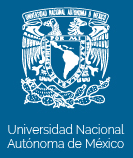Head of Department: Dr. Alejandro Heredia Barbero
Department Secretary
Lizandra Valle Rico
no_spam@nucliades.unam.xmle
Ext. 4674
Tel: +(52) (55) 5622 4674
Fax: +(52) (55) 5623 3777
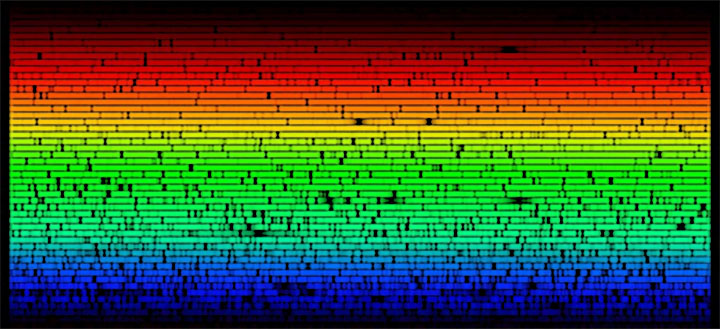
Department Description
Macromolecules:
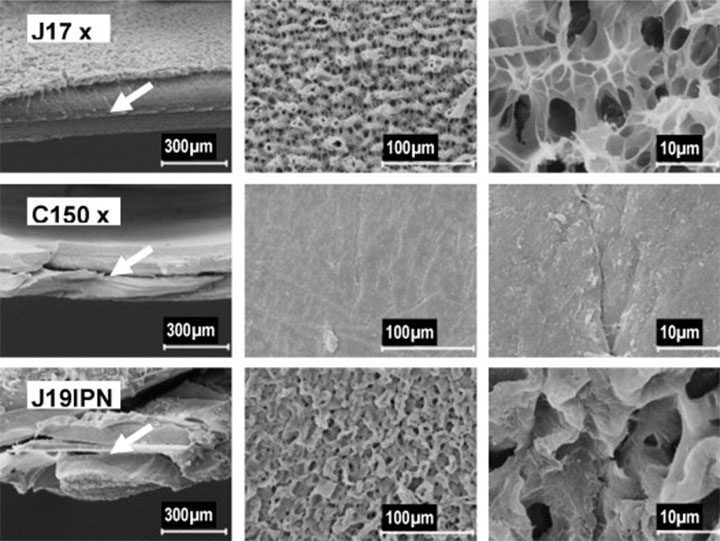
Supramolecular organization and Langmuir-Blodgett films:
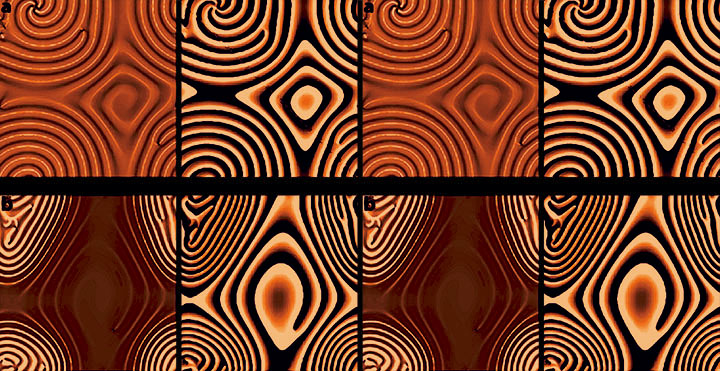
Chemical evolution and prebiotic chemistry:
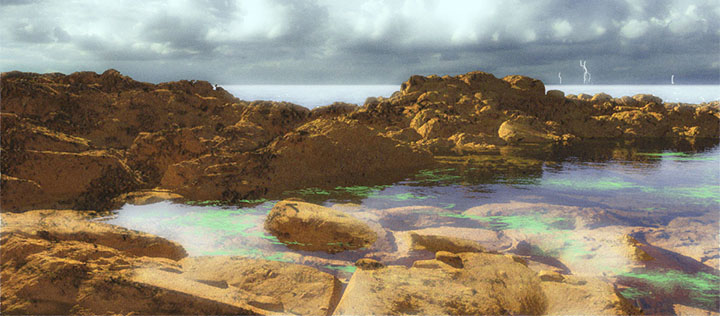
Radiolysis kinetics and post-radiolysis:
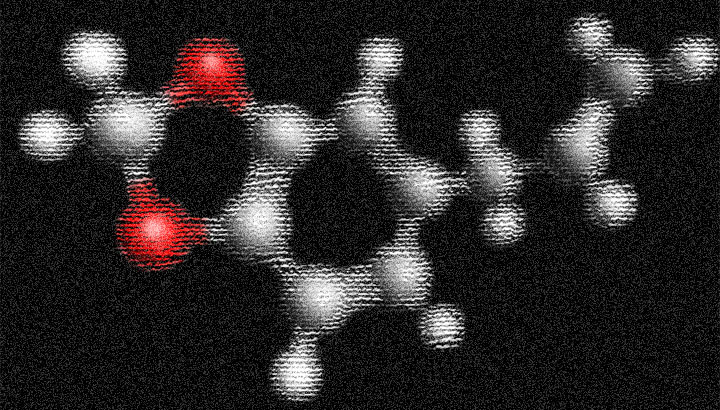
Dosimetry:
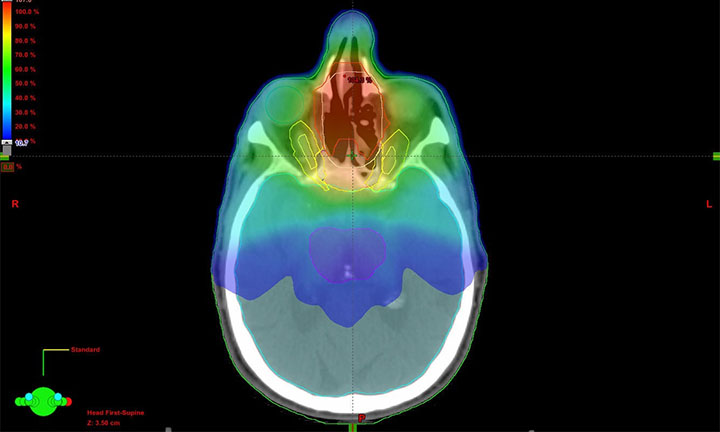
Self-assambled nanomaterials:
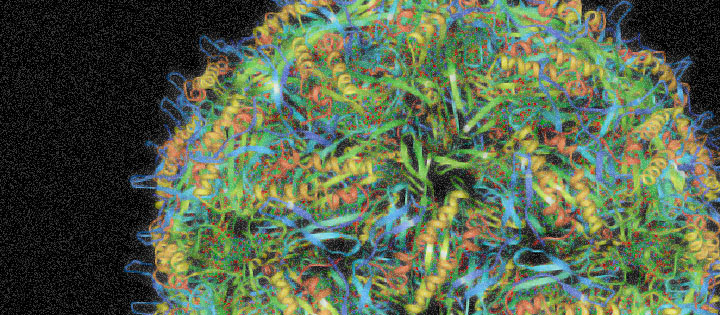
Computational nanoscience:
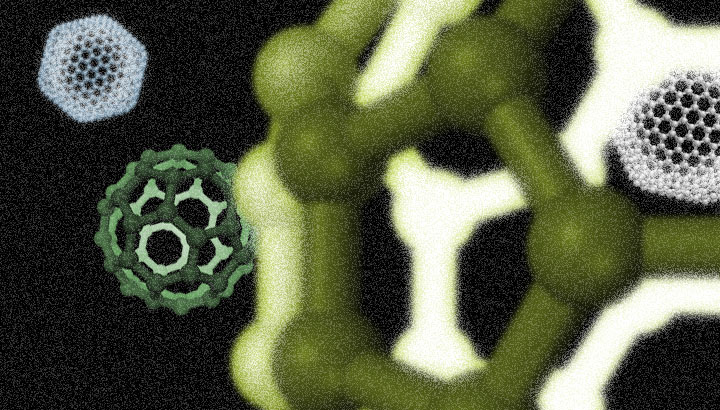
Organometallic chemistry:
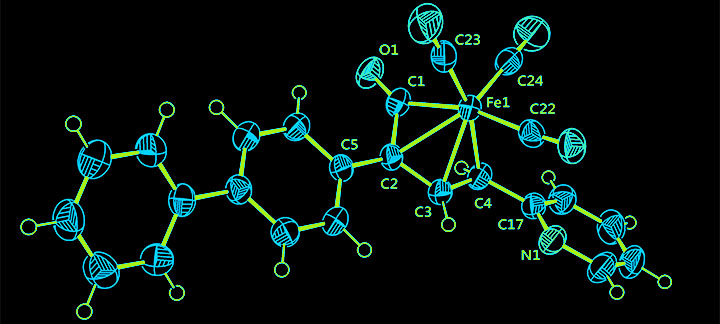
UNAM COMMUNITY
- Office for the Defense of University Rights
- UNAM Emergency: 56160914 ó 56220140
- PUMA Reaction: 56226464 ext 26464
